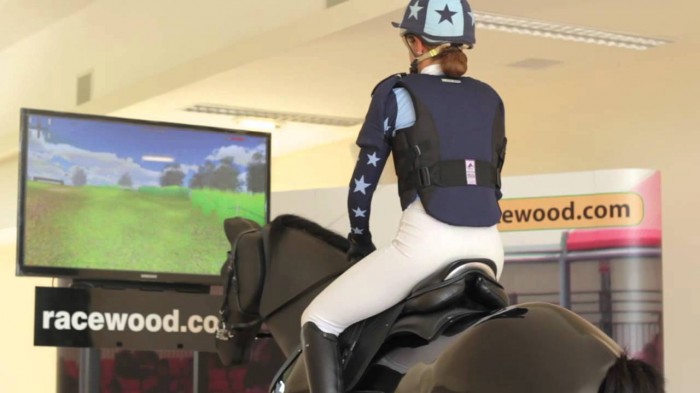
Riding Simulator Training
Recently equestrian riding simulators have become more common for training dressage, jumping or racing. This study aims to investigate the differences in heart rate, hart rate variability and salivary cortisol when jumping with a simulator as compared to a real horse.
This study included 12 participants that were tested while jumping a predefined course on a horse or on a simulator. The results show that salivary cortisol concentrations from 60 minutes before to 60 minutes after simulator training were higher compared to those during training with a horse, but did not change acutely with the simulated or real show jumping efforts. This means that the new situation of simulator training was perceived as more stressful than routine training with a horse.
When looking at heart rate of the riders, there was an increase both on a horse and on a simulator, but the hart rate reached significantly higher values on a real horse compared to the simulator. Heart rate variables decreased for both the simulated course and on a horse. Decreases in heart rate variation indicate a shift toward sympathetic dominance which occurs during a stress response.
To conclude, training on an equestrian show jumping simulator was physically less demanding and induced less sympathetic activity than riding a horse over a course of obstacles at entry level of show jumping competitions.
> From: Ille et al., Journal of Equine Veterinary Science 35 (2017) 668-672. All rights reserved to Elsevier. Click here for the online summary.


